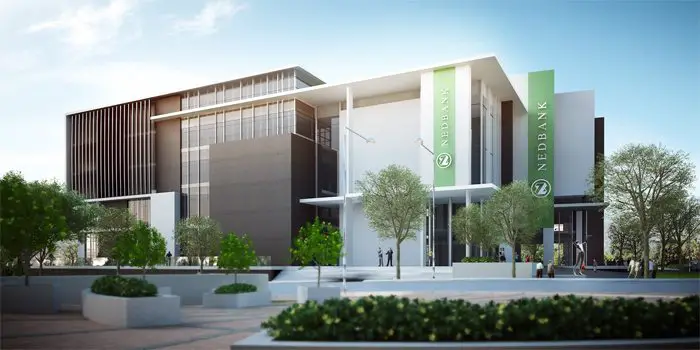With rising operating costs and the economic slowdown in South Africa likely to have an impact on commercial property developments within the next few months, it is an opportune time for developers to explore the business case for green buildings further. Ken Reynolds, Regional Executive Gauteng, the Nedbank Corporate Property Finance, notes.
He says that increasingly, there are significant advantages to develop new buildings or redevelop existing buildings along green principles. “One of these is the reduction in operating costs that green buildings can deliver. Already, Nedbank has found that building or retrofitting properties using green design principles has the ability to reduce operating costs by around 30% per year.”
Reynolds adds that technological developments, cheaper input costs on green materials and higher electricity tariffs means that organisations are often able to recoup the cost of green designs and construction within a three year period.
“The market has moved on when it comes to the upfront costs associated with green buildings. In the past, there was a premium to pay for developing green star buildings, possibly as high as 5% for a 4 star building. However, this premium has substantially diminished.”
For example, previously, there was virtually no payback from installing photovoltaic cells. Now, it is possible to get a payback within a five year range. Historically, there was limited green product, such as eco-friendly paint, on the market, therefore developers had to pay a premium for these. That, however, is no longer an issue, as suppliers across the board are more aware of the need and have made such product available.”
Reynolds anticipates that green properties are likely to experience lower vacancy rates in the future and potentially levy higher rentals as buildings that are designed to accommodate energy efficiency and carry unique features that focus on environmental sustainability, are likely to become more attractive to tenants – across commercial, retail and residential property.
“Many corporates are insisting on having a green rating on their buildings in order to reduce their carbon footprint, improve staff working conditions and project a certain image. In addition, lower utility costs on these buildings means owners can charge more for the base rental, while still maintaining flat net rental costs for tenants.
As a result, premiums in net rentals of up to 10% are achievable and the capatilisation rate applied to the property to derive its value may show an improvement of up to 50 points.
Reynolds says that there are also advantages for developers of green buildings from a financing perspective. “The higher rentals and increased capital values means developers and owners can often attain a better credit rating and increased access to borrowings.”
He adds that Nedbank, as part of its Fairshare 2030 programme, is committed to ensuring 1% of its lending, or R6bn, is allocated to future-proofing the country, which includes socially responsible lending and carbon footprint reduction. “The financing of green buildings is therefore a big part of the bank’s strategy.” This lending is to be done within the banks normal lending criteria.
He adds that with Nedbank already leading the way in occupying green buildings, such as those in Sandton, Durban and Pretoria, as well as the recently occupied Nedbank Lakeview (JHB) and soon-to-be-occupied Nedbank Newton Junction and Majestic, the bank has first-hand experience – as both a financier and occupier – of the commercial benefits of green buildings.
“We back these initiatives and believe everyone should be using green principles in the development of their buildings.”
He advises that for developers looking to build or re-develop a building along green principles, it is crucial to incorporate these elements at the beginning of the process. “There are many elements that are inexpensive that can be implemented to improve a buildings green star rating. However, trying to incorporate green elements half way through a development can be extremely difficult. It is therefore important to bring in the right team of experts to assist right from the start.”
Some green buildings in South Africa includes the Tshedimosetso; Nedbank Lakeview building in Johannesburg; and Redefine’s The Towers (formerly Standard Bank Center).

